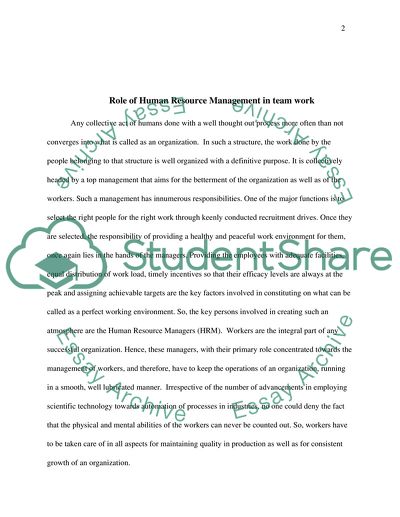Cite this document
(Role of Human Resource Management in Teamwork Coursework - 12, n.d.)
Role of Human Resource Management in Teamwork Coursework - 12. Retrieved from https://studentshare.org/human-resources/1747569-human-resource-management
Role of Human Resource Management in Teamwork Coursework - 12. Retrieved from https://studentshare.org/human-resources/1747569-human-resource-management
(Role of Human Resource Management in Teamwork Coursework - 12)
Role of Human Resource Management in Teamwork Coursework - 12. https://studentshare.org/human-resources/1747569-human-resource-management.
Role of Human Resource Management in Teamwork Coursework - 12. https://studentshare.org/human-resources/1747569-human-resource-management.
“Role of Human Resource Management in Teamwork Coursework - 12”, n.d. https://studentshare.org/human-resources/1747569-human-resource-management.


